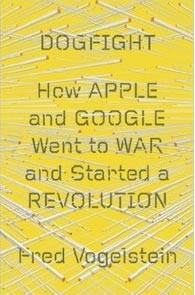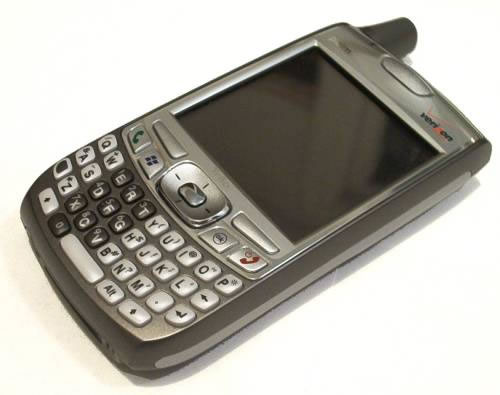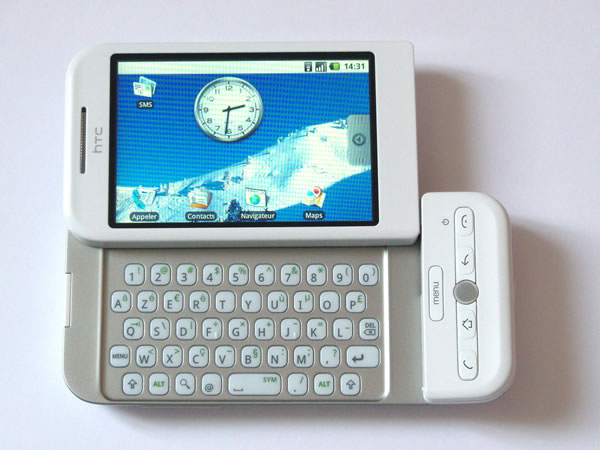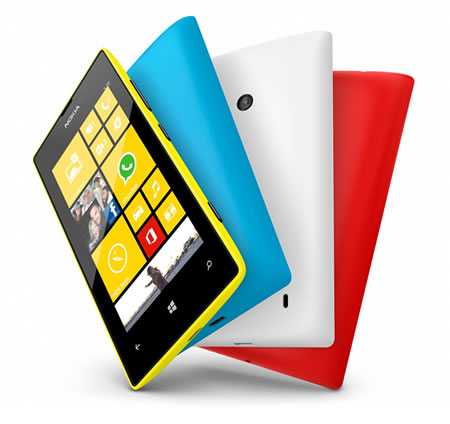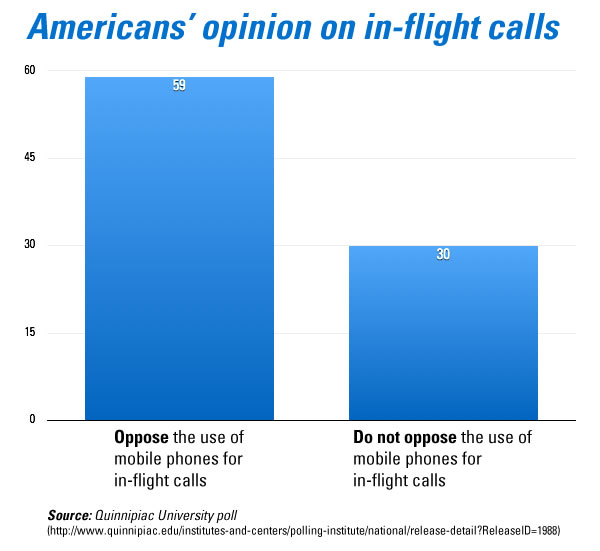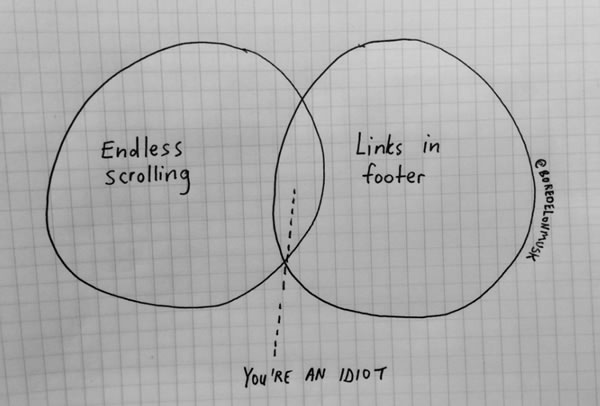Nearly two-thirds of Pornhub’s U.S. audience views their videos on a mobile device, despite its 6- and 8-videos-a-day limits
Photo via Catsmob. Click to see the source.
 Once upon a time, the dating site OKCupid used to release interesting statistics based on the anonymized data that they collected from their users’ activities on the OKTrends blog. Then they were acquired by the considerably less interesting Match.com in 2011, and the posts featuring those interesting stats stopped.
Once upon a time, the dating site OKCupid used to release interesting statistics based on the anonymized data that they collected from their users’ activities on the OKTrends blog. Then they were acquired by the considerably less interesting Match.com in 2011, and the posts featuring those interesting stats stopped.
Luckily for those of us who like facts and figures on that strange area where high-tech meets base desires, the folks at the adult video site Pornhub have taken up OKCupid’s slack. They’ve been releasing some interesting data over the year on their blog, Pornhub Insights. In their latest post, Pornhub 2013 Year in Review, one of the most interesting bits is that a majority of Pornhub’s U.S. viewers — nearly two-thirds! — enjoy pornhub on a smartphone (52% of visitors from the U.S.) or a tablet (10% of visitors from the U.S.).
Like most adult video sites, Pornhub’s videos are Flash-based, which would seem to rule out most mobile devices, as it’s either unsupported or runs terribly. If you choose to view Pornhub on a mobile device, you’ve got two options:
- Via the web: This redirects you to their mobile-formatted site, which lets you download a maximum of 6 videos a day into your device’s video collection. You have to wait for the video to download completely before you view it. Once you’ve got it, it’s yours until you erase it.
- Via the Android app: Google’s Play Store doesn’t allow porn apps, but since Android allows you to get apps from any source and not just the Play Store, you can get PornHub’s app directly from Pornhub (you’ll have to change your security settings to allow the installation of apps from outside the Play Store). With the app, you can view a maximum of 8 videos a day. Since Apple’s App Store has a no-porn policy and since it’s the only sanctioned way to get apps for your iDevice, iOS users don’t have the app option.
Pornhub’s mobile experience is unlike their desktop experience, which is all-you-can-eat-for-free for the non-premium content. I suppose that the convenience of viewing one’s adult videos on a nice portable platform trumps the unlimited access of doing so on a desktop or laptop.
Lest I come off like some kind of mobile porn expert, let me say right now that I had to figure this out by visiting Pornhub on my mobile devices. This should illustrate the sort of sacrifices I’m willing to make for the readers of Global Nerdy, and for science.
Samsung’s “Jack and Aimee” video for the Galaxy Note 3 and Galaxy Gear is a 21st-century Mentos commercial

Remember those cheesy Mentos ads from the 1990s, which would feature a protagonist in a bind who’d pop a Mentos (“The Freshmaker!”) and then come up for some clever way to overcome it? Samsung may have looked to them for inspiration in Are You Geared Up?, their latest ad for the Galaxy Gear smartwatch, which features a Euro-trashy protagonist named “Jack”, the all-too-easily impressed Aimee as the object of his infatuation, and a nameless, Galaxy Gear-less schlub who misses every chance to try some game on Aimee since all he has is a plain old smartphone. The ad is nowhere near subtle in its messaging: Guys with Galaxy Gear get laid. The Galaxy Gear is now the Axe Body Spray (a.k.a. “douchebag febreeze”) of wearables.
Mobile app quotes of the day: Dare Obasanjo
 Dare Obasanjo is one of my favourite Microsofties, and he gets credit for not one, but two of the mobile app quotes of the day:
Dare Obasanjo is one of my favourite Microsofties, and he gets credit for not one, but two of the mobile app quotes of the day:
“If we just ship enough features maybe it’ll distract people from the fact our product is pointless” – 99% of mobile apps
— Dare Obasanjo (@Carnage4Life) December 26, 2013
Chromebooks were 5% of US PC sales this year. They are now the Windows Phone of the PC market – http://t.co/V8Ucf6vLoS #thirdplace
— Dare Obasanjo (@Carnage4Life) December 26, 2013


